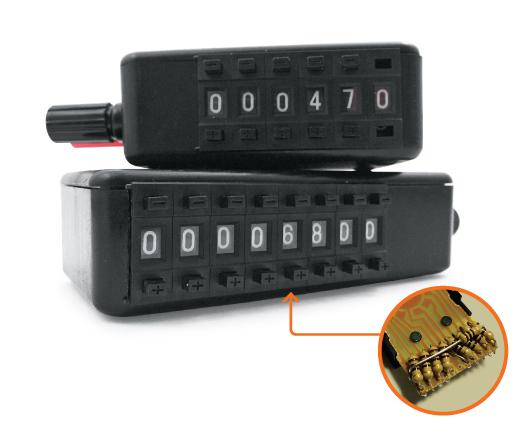

If your desk isn’t cluttered, you aren’t doing your job. Gadget-building geeks know this adage well, thanks to resistors. The tiny components police electricity’s flow, yet it can take dozens of kinds to perfect a circuit (such as to spin a motor at a precise speed). Electronics hobbyist George Graves knew devices called decade boxes allowed users to dial in different levels of resistance, but retail models seemed expensive and confusing. So Graves built his own with used parts. Now you can too.
1) Get eight decimal thumbwheel switches.
2) Collect nine identical resistors for each switch, from 1 ohm through 10 megohms. (E.g., nine 1-ohm resistors for the first, nine 10-ohm resistors for the next, and so on.)
3) Set aside one resistor in each set. Bend the leads of the other eight resistors to fit across sequentially numbered pins (e.g., from pins 1 to 2), solder them in place, and trim the leads (see inset).
4) Solder the unbent resistor onto pins 4 and 5 and a piece of wire from pin 9 to pin C. Mark each switch’s magnitude.
5) Stack each switch in order (from high to low), slip a wire through each remaining pin, and solder all of the connections.
6) Secure one wire to the last open pin at the stack’s top and another wire to its bottom. Connect each wire to a banana jack.
7) Wire the box into your circuit, dial in the value you need, and say good-bye to futile resistance.
Time: 5 hours
Cost: $25
Difficulty: 2/5
